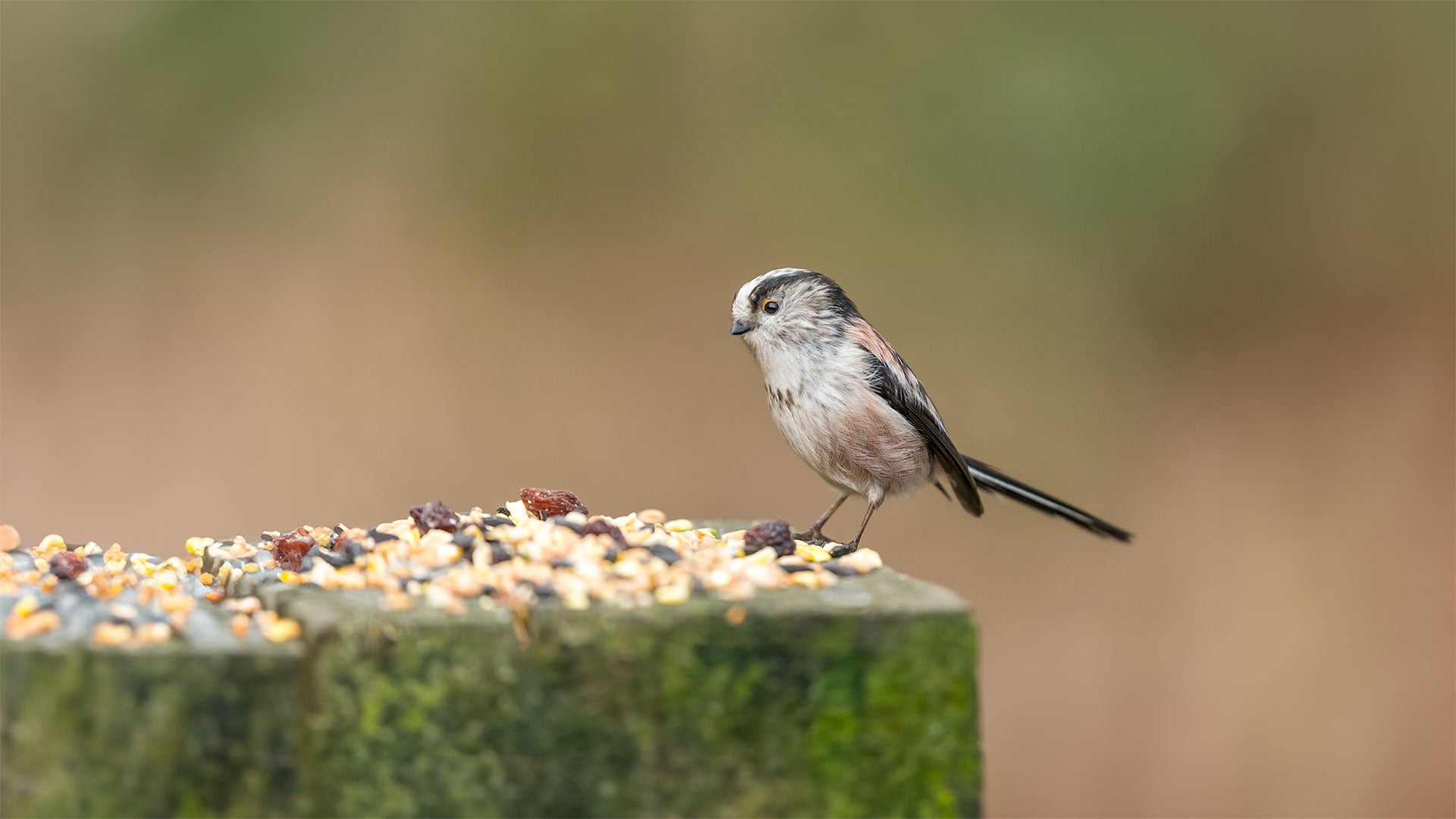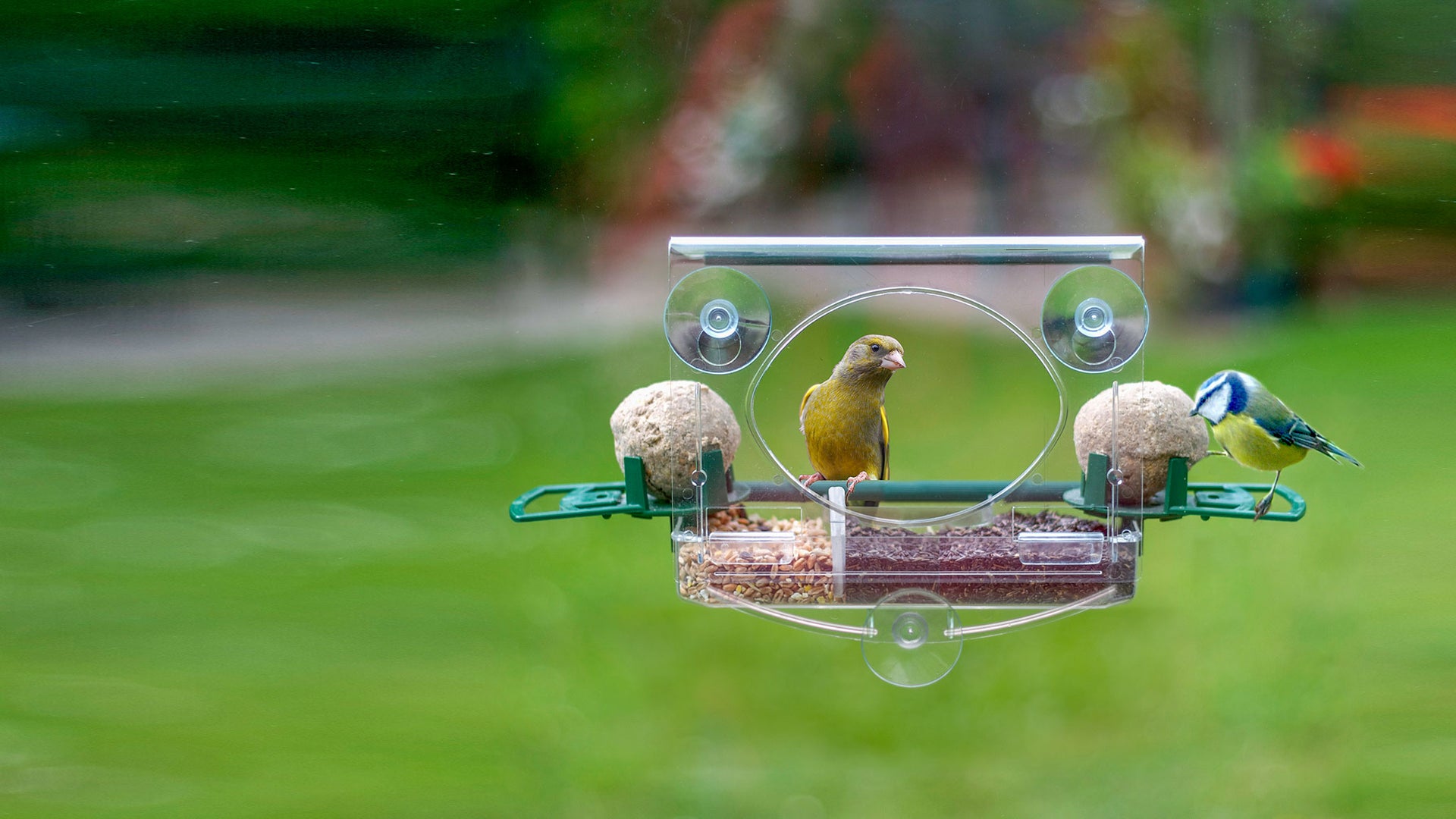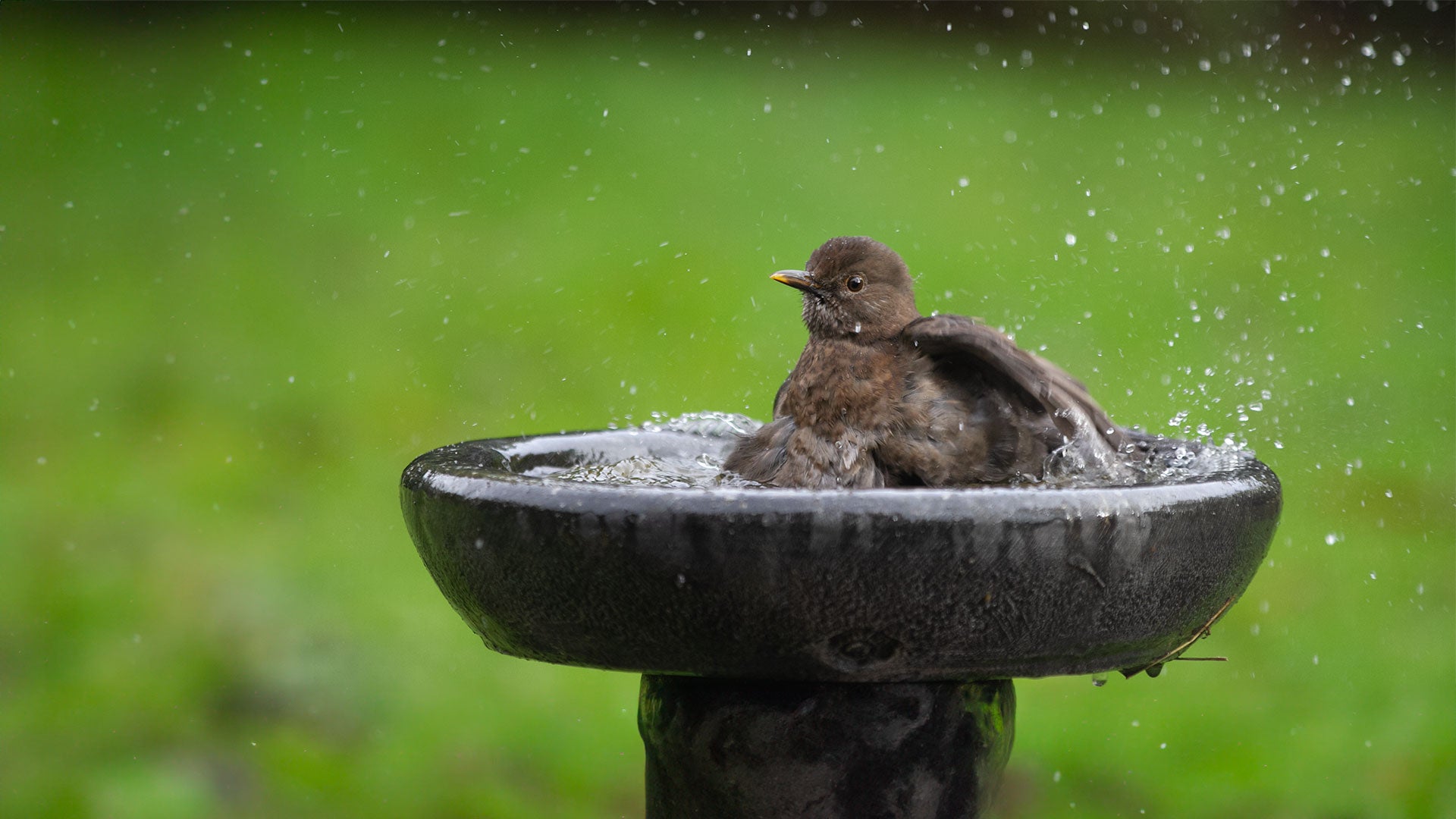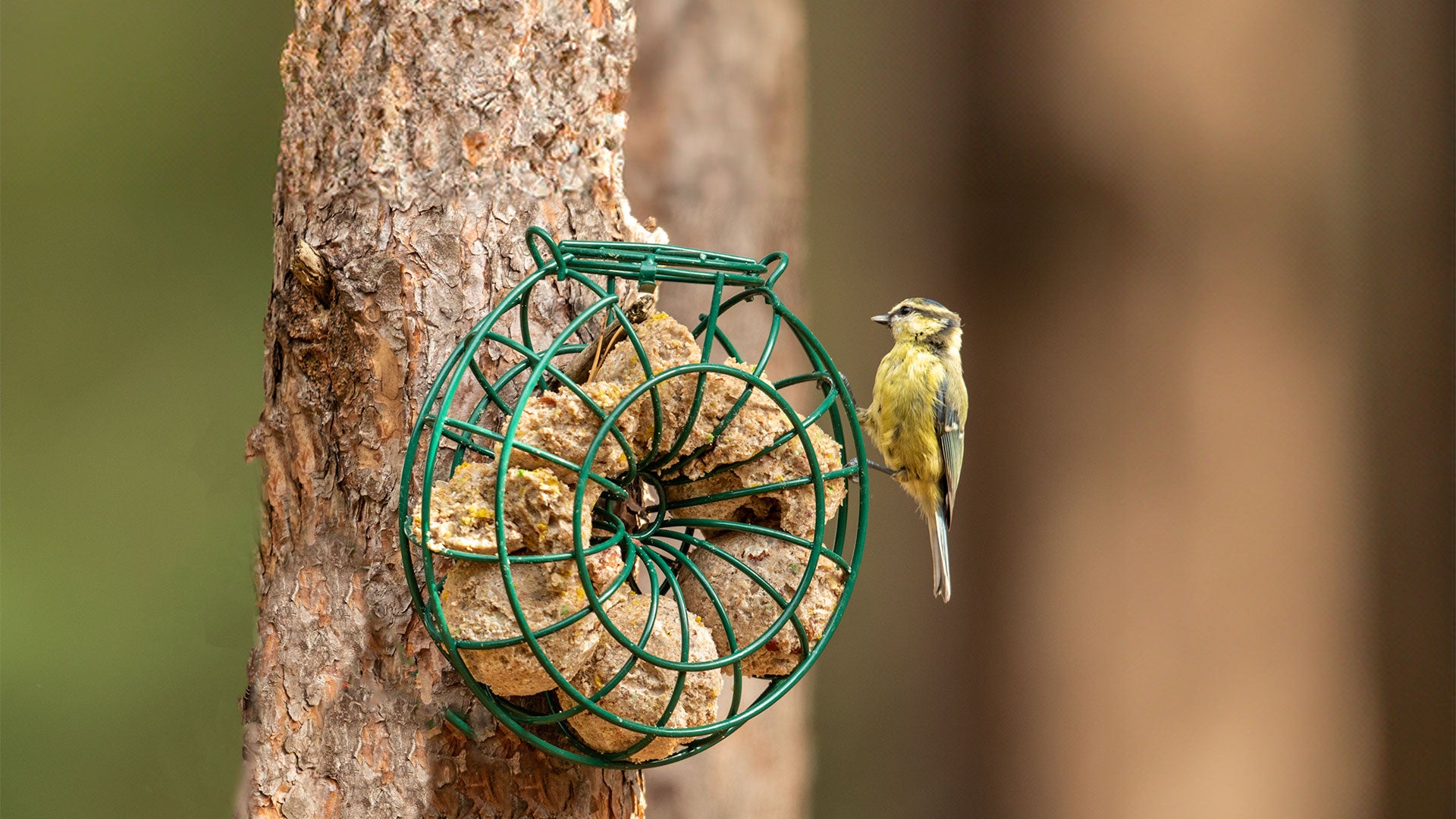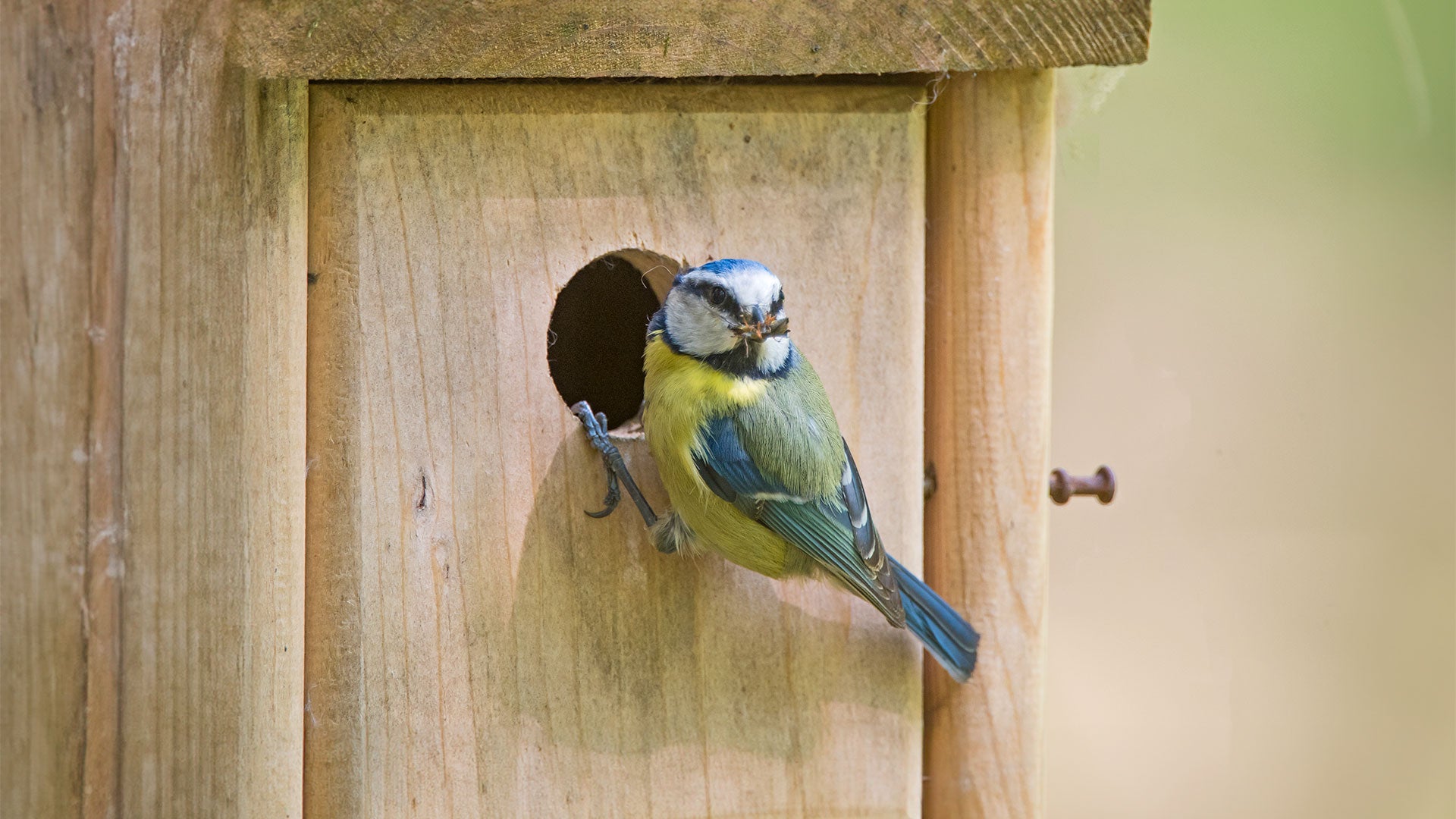The Dunnock is similar to the female House Sparrow, it is often called the hedge sparrow. They grey head and under parts and the thin insect-eating bill distinguish it from the others.
Dunnock identification: what does a dunnock look like?
Length: 14cm
The adult has black streaks on its upper parts, brown crown and ear coverts and a narrow, dull yellow wing-bar. The youngsters are less reddish and more heavily speckled, their heads are also browner.
The Dunnock hunts for food on the ground among dead leaves, either hopping about or dragging its body almost horizontally along the ground, with its legs bent and its belly almost brushing the earth. It perches on low branches among leaves and flies for short distances. Generally an inconspicuous bird, often remaining undercover.

Difference between a dunnock and a sparrow
Dunnocks and sparrows are similar in appearance, so there are a number of ways in which you might find it difficult to tell the difference between the two. The best places to look are the head and beak – where a house sparrow has a brown head with either a grey crown (male) or a brown crown (female), a dunnock has a blue-grey head. In addition, while sparrows have thick beaks, the beak of a dunnock is thin and pointy.
Difference between a dunnock and a wren
Dunnocks have similar songs to wrens but are somewhat different in appearance, looking more like a female sparrow with a more greyish colour on the front and without markings around the eyes. The behaviour of a dunnock is what will give it away compared to a wren – it is much more likely to land on your lawn and, unlike a wren, won’t cock its tail upwards when it does so.
Dunnock call - What does a dunnock sound like?
A high-pitched, whistling ‘tseep’.
Where and when do dunnocks nest?
Breeding starts in early April (sometimes March). The nest is built by both sexes from twigs, moss, dry leaves and other plant material and is usually situated between a half to three metres above the ground in a tree or among shrubs and bushes. It is lined with moss and hair. The Dunnock lays four or five uniform bright blue (very rarely with small reddish markings), or plain white eggs. The female incubates the eggs for about twelve days, although both sexes tend the young.
Dunnock habitat
The Dunnock inhabits a wide variety of bushy areas including scrub, heaths, parks and gardens, also woodland.
Are dunnocks rare birds?
The dunnock is a common garden bird, but they are currently on the Birds of Conservation Concern amber list. Unfortunately, there was a decline in the number of these birds during the 1970s-1980s and numbers haven’t yet recovered to what they were before.
How long do dunnocks live for?
Dunnocks typically live for around two years but the oldest dunnock on record was 11 years and 3 months!
What do dunnocks eat in the wild?
Dunnocks have a varied diet that changes with the seasons. Insects and other invertebrates make up the majority of their diet, especially during the breeding season in spring and summer. They eat beetles, spiders, caterpillars, ants, and aphids, which they forage for on the ground or in low vegetation. During autumn and winter, when insects are less abundant, dunnocks shift to eating seeds and berries from plants like brambles, nettles, and dock.
This diet reflects their adaptability to different environments, from gardens to hedgerows and woodland edges.
What to feed dunnocks in the garden?
Where do dunnocks fed from?
Feeders – Not suitable
Table – Not suitable
Ground – Scatter food near cover
How to attract dunnocks to your garden
Food is a great way to attract dunnocks to your garden. They enjoy eating natural foods such as insects and worms but also like to snack on seeds, especially during the winter months
Try scattering some seed mix or sunflower hearts on the floor in a safe area of your garden. These birds can be very shy, so it’s always best to place the food in an area that’s close to cover and away from danger.


